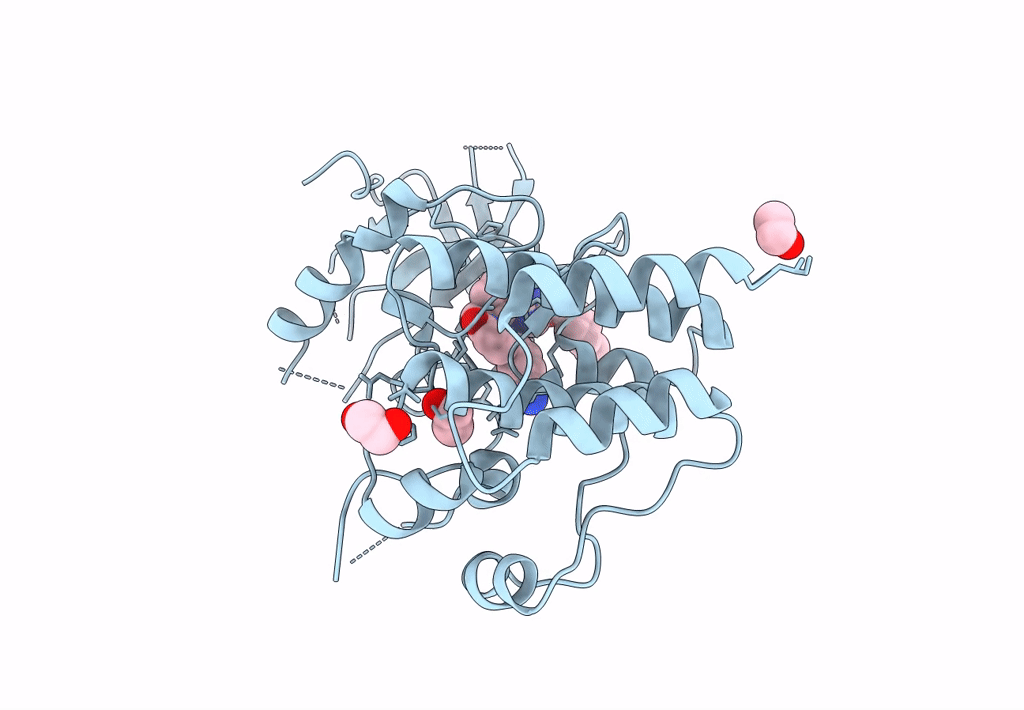
Deposition Date
2022-08-25
Release Date
2023-09-06
Last Version Date
2023-11-22
Method Details:
Experimental Method:
Resolution:
2.72 Å
R-Value Free:
0.27
R-Value Work:
0.23
R-Value Observed:
0.23
Space Group:
P 1 21 1


